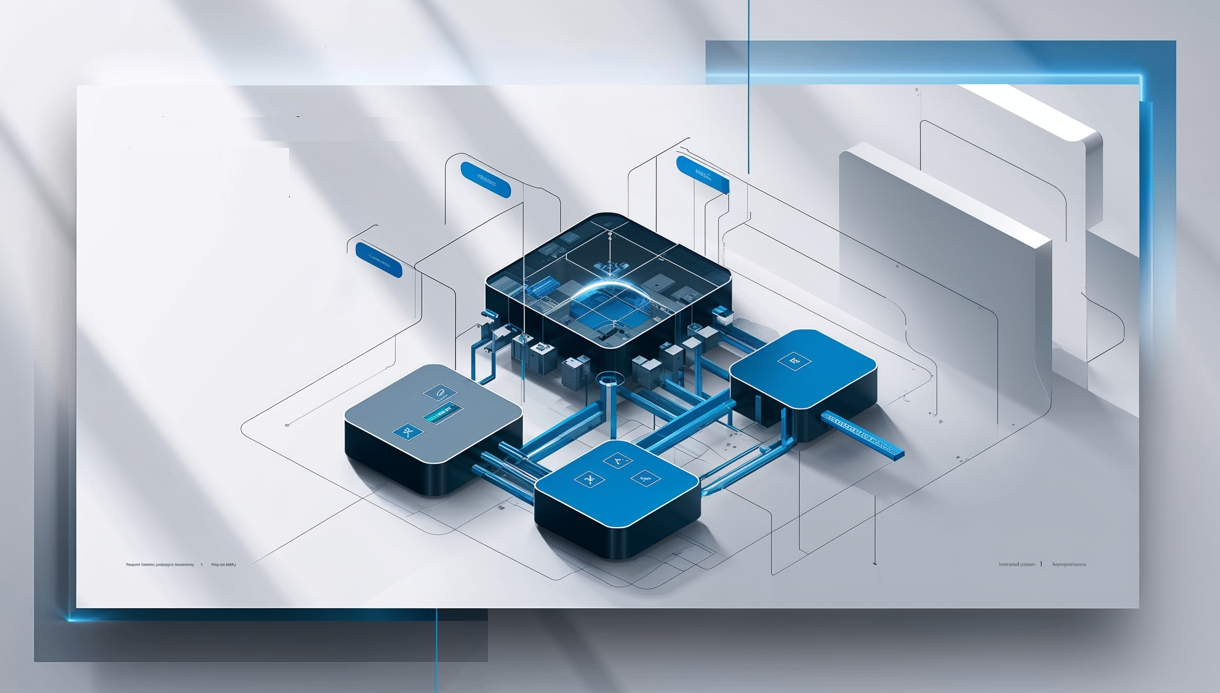This sample reference architecture supports the creation of a Common Operating Environment (COE) for different divisions of an organization - it describes a superset of capabilities for hardware devices and software environments intended to be operated by business users. This reference architecture provides a framework and method for creating an effective and efficient end-user computing environment for a geographically or functionally dispersed organization.
Government agencies face the challenge of keeping pace with rapid technological advancements and evolving citizen expectations. This reference architecture on Common Operating Environment (COE) addresses these challenges, offering a strategic roadmap for government agencies to enhance their end-user computing environments.
The landscape of government IT is complex, marked by a diverse range of hardware and software systems. Agencies often struggle to balance offering advanced technological capabilities to their staff and ensuring these systems are cost-effective and efficient. The fragmentation in computing environments leads to inconsistencies in service delivery and hampers the staff's ability to serve citizens effectively. Moreover, the reliance on outdated systems and the lack of a unified approach in IT investments often result in inefficiencies and a poor allocation of taxpayers' money.
Recognizing these issues, the COE Reference Architecture provides a comprehensive framework for government agencies. It outlines the architectural building blocks necessary to create a more efficient, user-friendly computing environment. This approach facilitates the development of a superset of capabilities for hardware devices and software environments, ensuring they are operated effectively by business users in government settings.
The document serves as a guide for developing Standard Operating Environments (SOEs) and establishes a common language that underpins the Government Enterprise Architecture. This language enables agencies to reuse standard capabilities, share artifacts, and collaborate more efficiently. It's a blueprint that encompasses everything from vision and principles to process architecture, requirements, and technology solutions, offering a holistic view of how end-user computing environments can be optimized.
This reference architecture empowers government agencies to transform their end-user computing environments. It steers them towards an ecosystem where technology not only meets the current needs of their staff but also positions them to adapt to future challenges and opportunities in serving the public. This approach allows agencies to invest wisely, enhance service delivery, and improve the citizen experience.
Main Contents:
- Framework for End User Computing Environments: Provides a detailed framework for government agencies to develop effective end-user computing environments.
- Architectural Building Blocks: Outlines the essential architectural building blocks required for creating a Common Operating Environment (COE).
- Standard Operating Environments (SOEs): Discusses the creation of SOEs and how they can be aligned with government-wide objectives for efficient service delivery.
- Guidelines and Standards: Presents guidelines and standards to ensure the computing environment is consistent, efficient, and user-friendly.
- Role of COE in Government Agencies: Explores the role of the Common Operating Environment in enhancing the capabilities of government agencies.
Key Takeaways:
- Unified IT Framework: A unified and structured IT framework is important for government agencies to enhance efficiency and effectiveness.
- Streamlining Service Delivery: How the COE Reference Architecture aids in streamlining service delivery to citizens and other stakeholders.
- Cost-Effective Technology Use: Emphasis on wise investment in technology to ensure cost-effectiveness and efficient use of taxpayers' money.
- Facilitating Collaboration and Reuse: The COE framework facilitates easier reuse of common capabilities and collaboration among government agencies.
- Adapting to Technological Advancements: The document provides a roadmap for agencies to adapt to rapid technological changes while maintaining a consistent and effective computing environment.
This reference architecture on Common Operating Environment (COE) is a vital tool for Chief Information Officers (CIOs) in government agencies to address real-world challenges.
- Strategic IT Planning and Implementation: CIOs can utilize the comprehensive framework provided to plan and implement efficient end-user computing environments strategically. The architectural building blocks outlined in the document guide the development of a cohesive IT infrastructure that aligns with broader organizational objectives.
- Developing Standard Operating Environments (SOEs): The reference architecture assists CIOs in creating consistent, efficient, and user-friendly SOEs. This standardization is crucial for improving service delivery and operational efficiency across government agencies.
- Enhancing Collaboration and Resource Sharing: The COE framework offers a common language that promotes easier reuse of IT capabilities and facilitates collaboration among government entities. This shared approach can lead to cost savings and a more unified service delivery to citizens.
- Guidance on Compliance and Best Practices: By following the guidelines and standards set forth in the document, CIOs can ensure that their IT initiatives comply with government-wide policies and best practices, enhancing their IT systems' overall integrity and security.
- Adaptation to Technological Changes: The document provides a roadmap for CIOs to navigate the rapidly evolving technological landscape. It helps them adapt their IT strategies to incorporate new technologies while maintaining a stable and effective computing environment.
This reference architecture equips CIOs with the necessary insights and tools to enhance the computing environments within their agencies, ensuring they are well equipped to meet current and future challenges in the digital government landscape.

